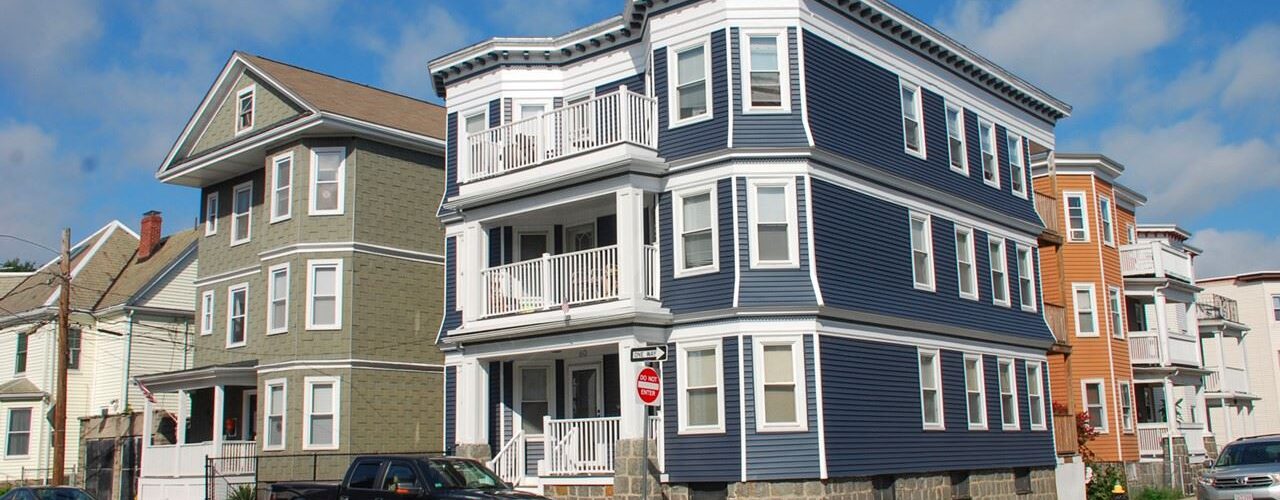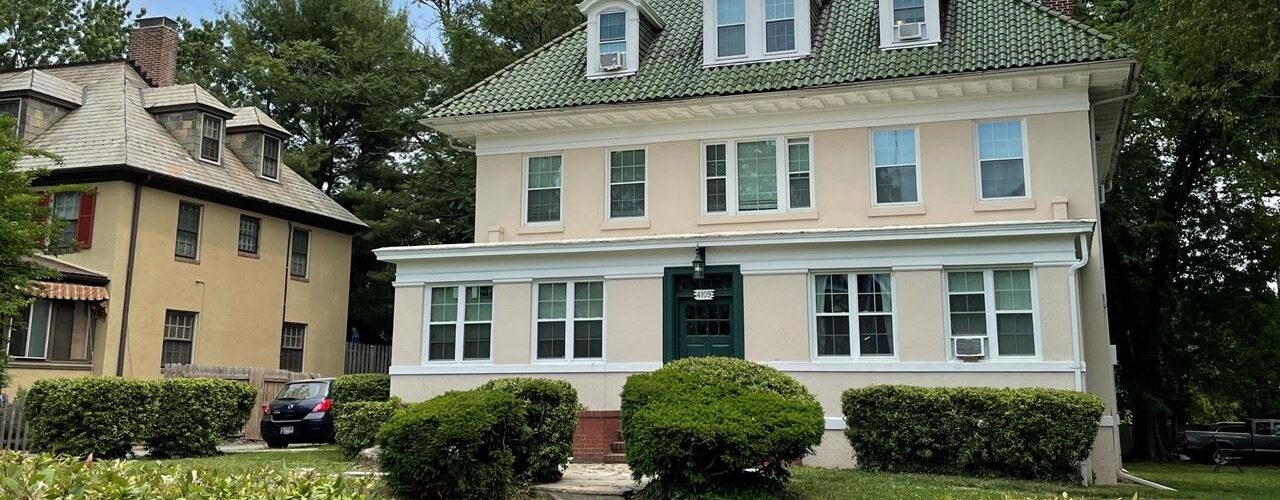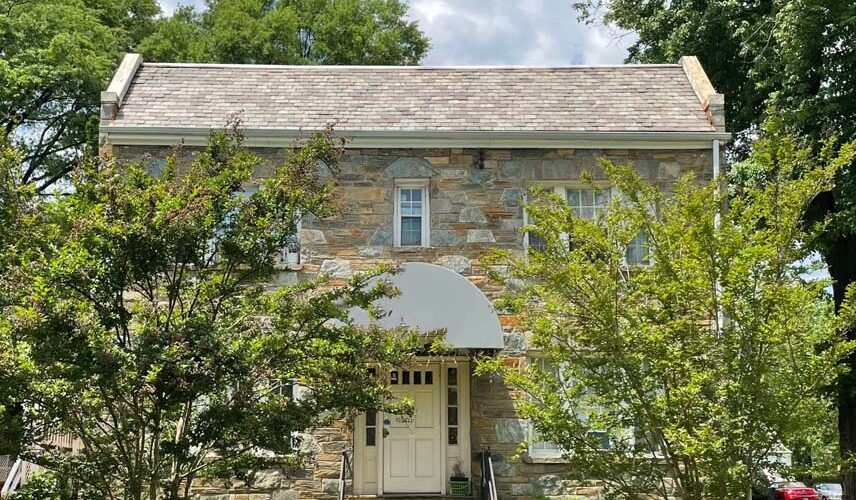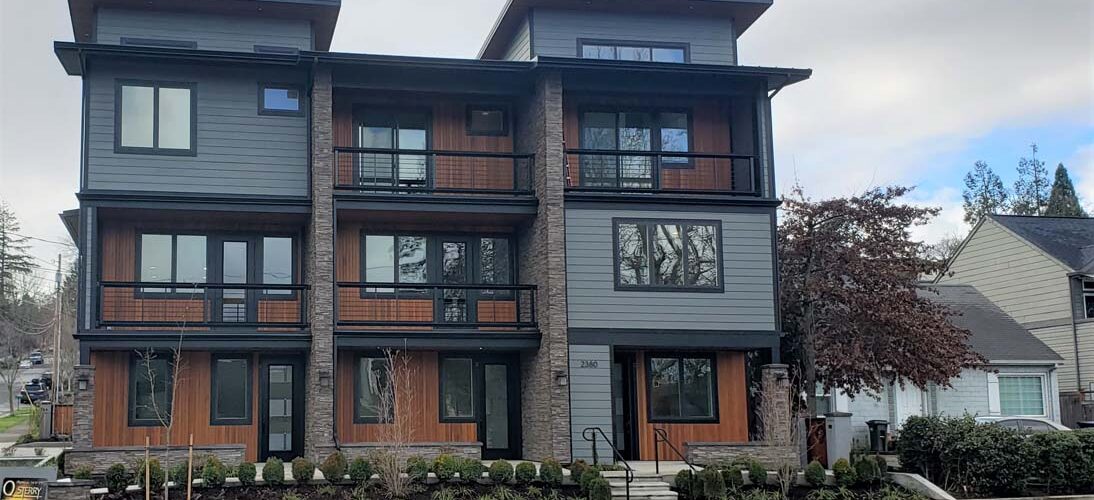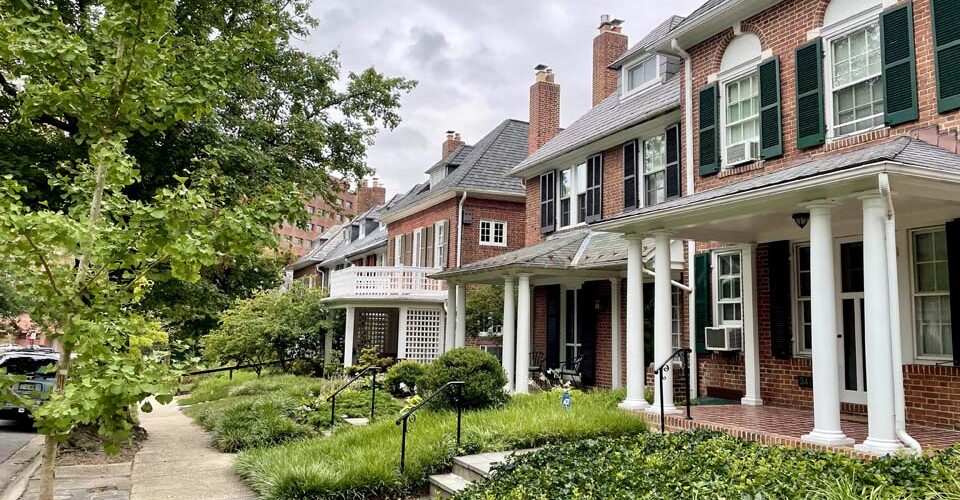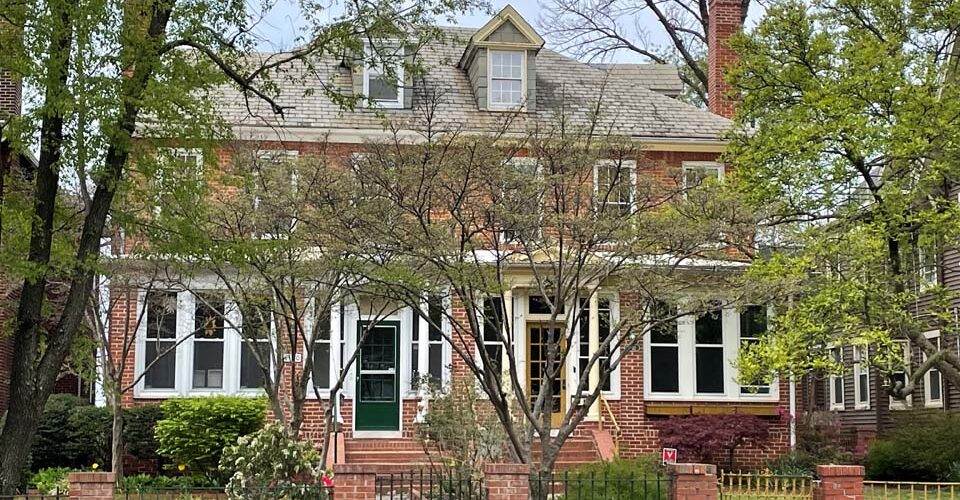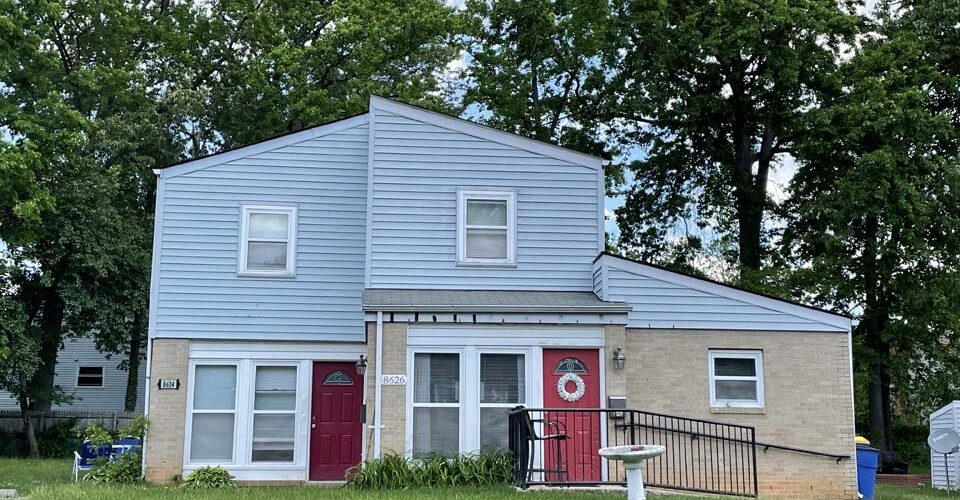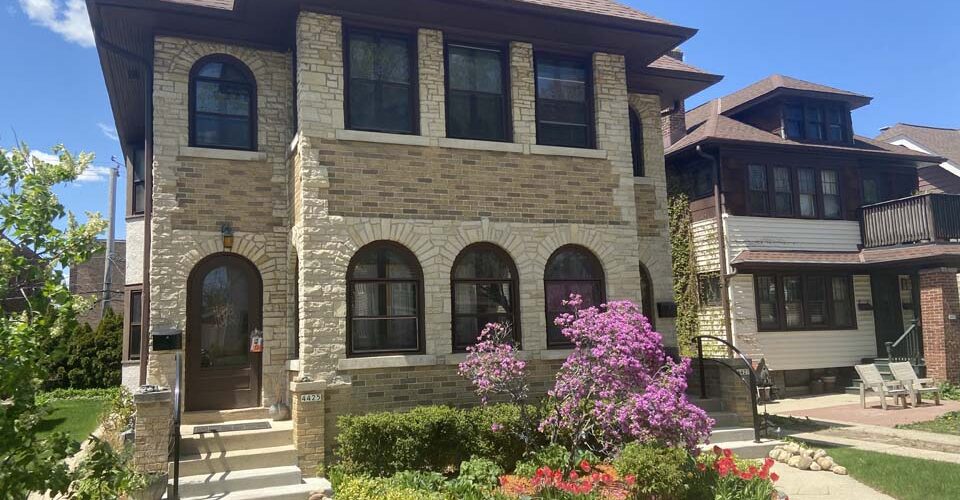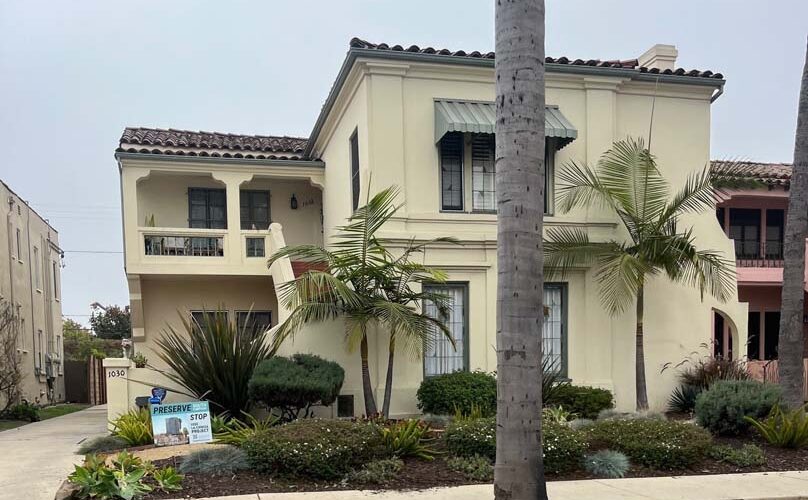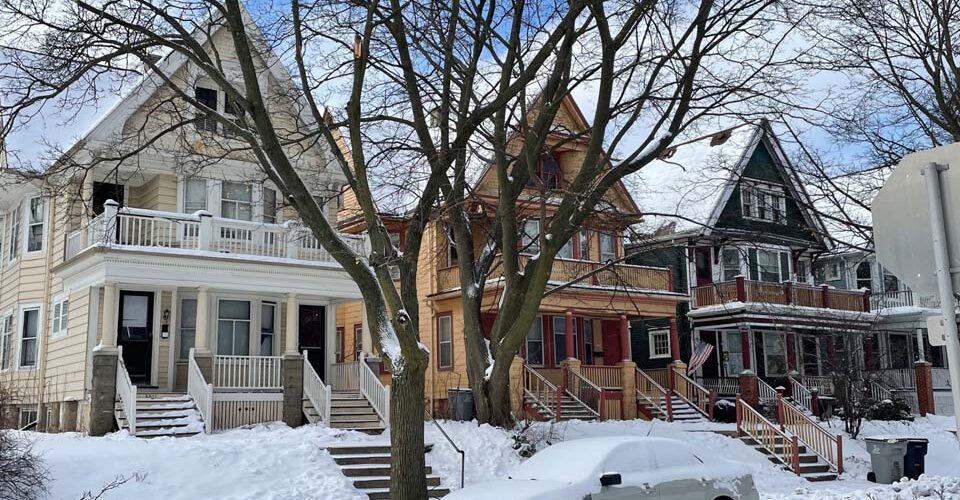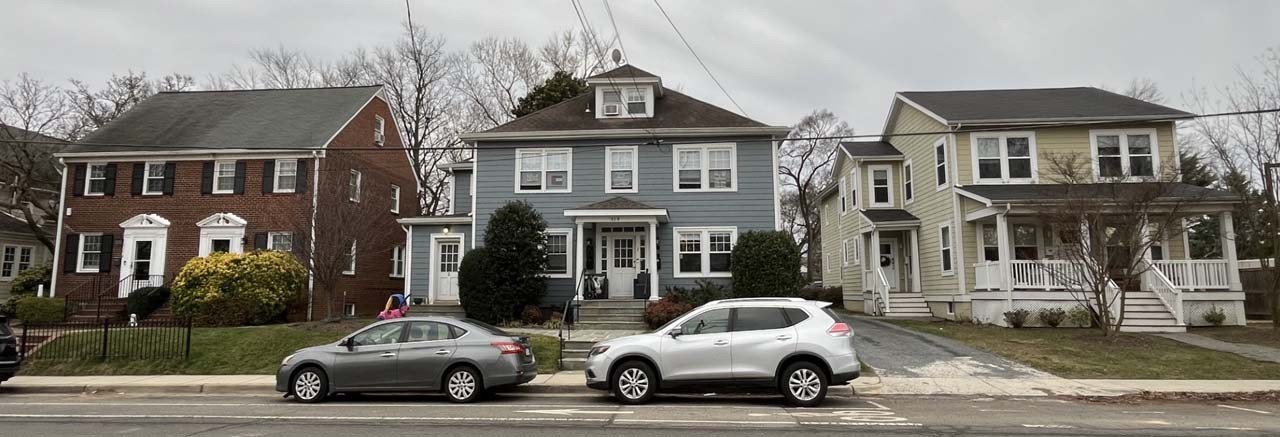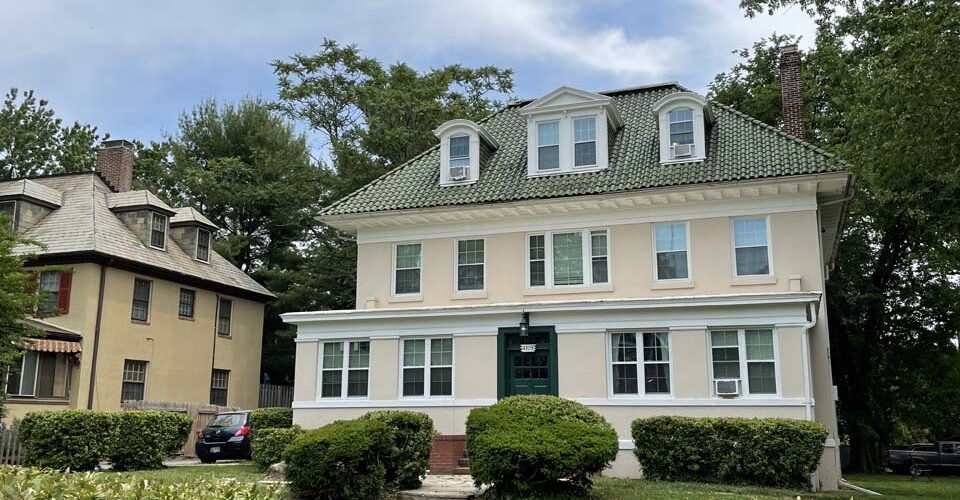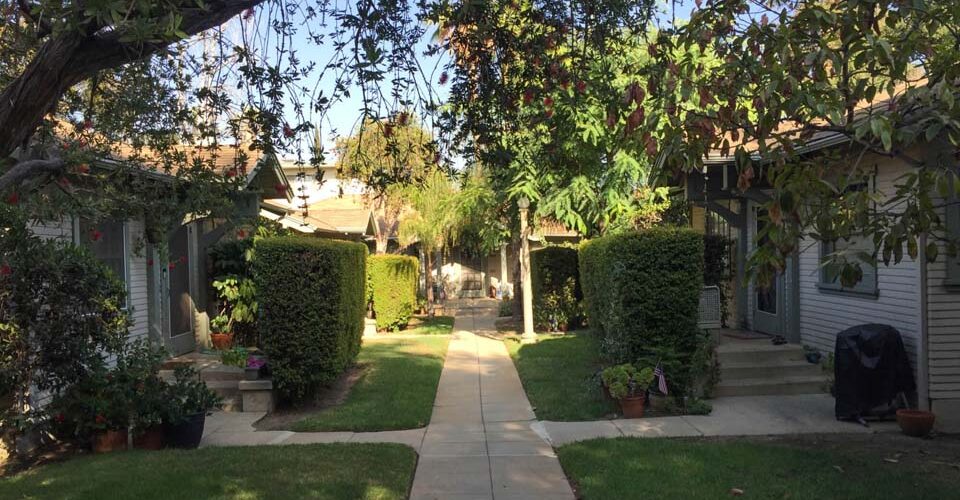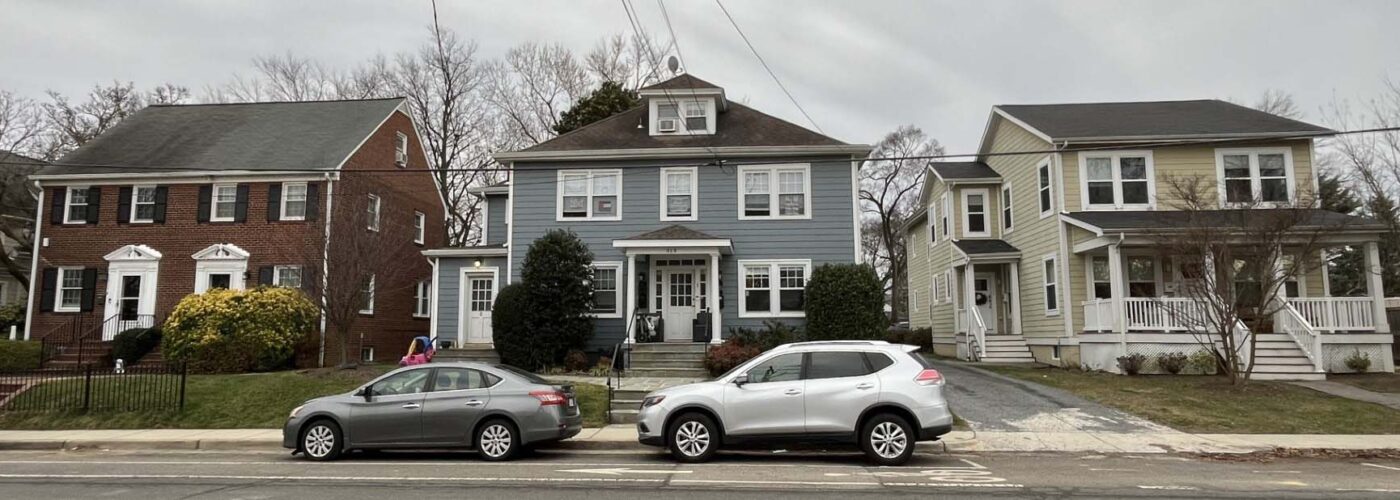Housing and Neighborhoods
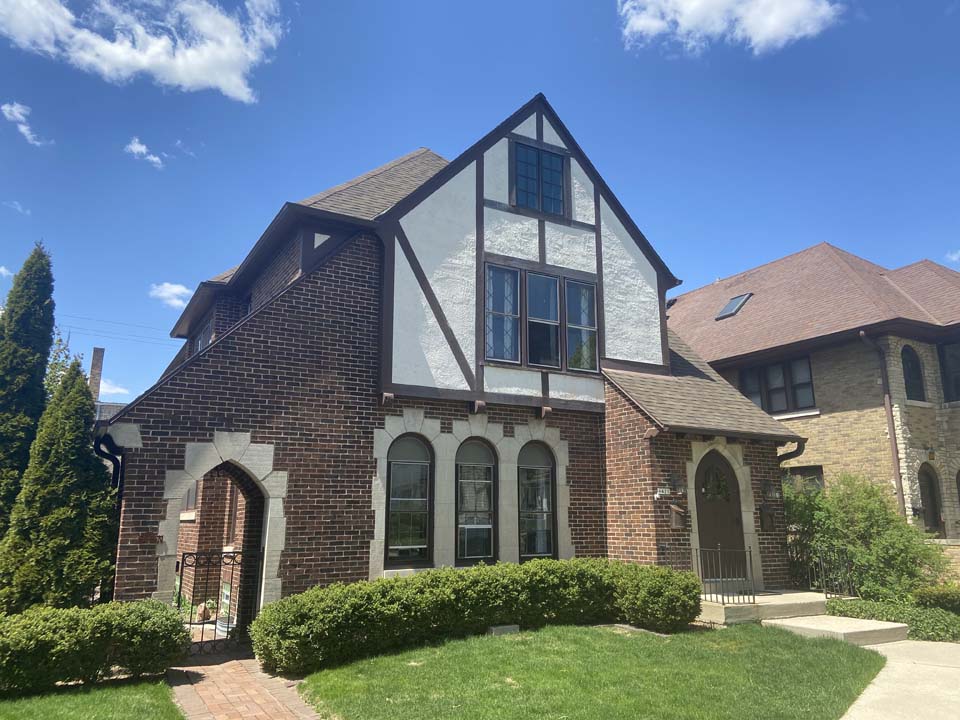
Housing Survey:
Help shape our community!
Share your thoughts on housing by taking this quick survey. Your feedback will guide us in creating affordable, sustainable, and inclusive neighborhoods.
Take the survey now! In English | En español
The Prince George’s County Planning Department is exploring strategies to achieve a greater diversity of attainable, market-rate housing options to meet the needs of Prince George’s County’s growing and diverse population. The Community Planning Division launched an initiative to explore how more housing in the County can meet community needs and align with the County’s long-term goals.
Accessory Dwelling Units
Anti-Displacement
TBA
Missing Middle Housing
Prince George’s County Planning Department Brown Bag Season 2 Session 1 – Sept 9, 2025 Missing Middle Housing: A Case for Prince George’s County

Missing Middle Housing is defined as “a range of house-scale buildings with multiple units—compatible in scale and form with detached single-family homes—located in a walkable neighborhood” (Opticos Design). Through this initiative, the Planning Department will study constraints and opportunities in developing housing in Prince George’s County, propose strategies to support it, and create a Missing Middle Study and Pattern Book. The Pattern Book will provide a foundation for planning, designing, and creating development strategies for Missing Middle Housing implementation in locations that the study will identify.
The Prince George’s County Planning Department is committed to supporting the development of a greater diversity of housing types to meet the needs of Prince George’s County’s growing and diverse population.
New small- to medium-scaled house types help respond to the need for attainable housing options and can contribute to more character-rich, walkable neighborhoods that appeal to a broad range of residents.
The Neighborhood Revitalization Section will engage partners and communities to understand the ways greater housing choices can address community needs, align with reinvestment goals, and identify strategies to support their implementation.
Small Lot Development
Frequently Asked Questions
Why is Missing Middle housing important for Prince George’s County?
- Middle housing can re-align the County’s housing stock to better serve the needs of current and future residents. Changing demographics reflect a demand for more diverse housing options, but the County’ housing stock is composed mostly of large, detached dwellings. The County’s 2021 Economic Development Platform identifies the need for diverse housing options concentrated around transit centers to realize the County’s economic goals. The County’s population continues to grow, but that growth needs to be managed to avoid sprawl, preserve the County’s housing affordability, and maintain its economic competitiveness. Housing diversity is a vital part of that project.
- Missing Middle housing is a market-oriented approach to provide diverse, attainable housing units for middle-income households. Smaller units in walkable neighborhoods help reduce per-unit housing costs when compared to single-family only developments. Missing Middle housing types make efficient use of land, which results in greater cost savings. By locating new housing types near transit and amenities, the County can better provide for residents within existing infrastructure and enable a greater diversity of housing options for current and future County residents. This small-scale approach to addressing housing needs is more inclusive of a wider range of residents, which builds more resilient neighborhoods and a more sustainable future for Prince George’s Count
Where could Missing Middle housing be built?
In 2022, Prince George’s Planning Department will begin a study that will identify where Missing Middle housing can best meet the needs of County residents. In general, this housing works well as infill development in walkable neighborhoods, such as many of those in the Inner Beltway, with access to transit, jobs, and everyday needs.
How can Missing Middle housing be enabled in Prince George’s County?
Historical land use and development patterns have resulted in approximately 89 percent of all residential land being zoned exclusively for single-family housing. The upcoming Missing Middle Housing Study will evaluate County policies and ordinances that may need to be revised to allow and incentivize these new unit types in various locations.
Why is Missing Middle housing called “attainable” housing?
Missing Middle housing is sometimes called “attainable housing,” which refers to housing within reach of middle-income households. There is a shortage of housing in the County that meets residents’ needs while fitting within their budgets. Missing Middle housing encourages construction of smaller, high-quality units—between 600 and 1,200 square feet. Because of their smaller sizes and efficient use of land, these market-rate units have lower construction costs and are more affordable to middle-income households. New housing construction also facilitates “filtering,” the process by which housing depreciates and becomes more affordable over time. Currently, many of the County’s middle-income households are boxed out of good, affordable housing because of competition from high-income households. So, by adding quality, low-cost housing to the overall housing stock, Missing Middle housing reduces that pressure and helps make all the County’s housing more attainable.
Because Missing Middle housing offers a range of size and housing types, it can meet the needs of a diverse array of households: seniors seeking to downsize, single-parent families, young adults, and single-person households. Missing Middle housing can be attainable to middle-income workers such as teachers, firefighters, nurses, administrative assistants, tradespeople, and others. By providing more housing choices, the County can expand opportunities for housing that meets the needs of County residents and its workforce.
How does Missing Middle housing allow for equitable housing development?
Single-family zoning, restrictive covenants, financial institutions practices and federal policies have been used as tools for discriminatory policies in some jurisdictions that limited housing choices and worsened racial and economic disparity. The legacy of this history is a housing stock that does not meet the needs of many current and future residents. At the same time, market trends have diminished housing affordability across the region, making it more difficult for many residents to find quality housing that suits their budgets. Missing Middle housing can be part of the solution to these problems by enabling a greater diversity of unit types and sizes across the County, which can give many households access to neighborhoods with good social, educational, and economic opportunities that were previously unattainable to them. These more extensive housing options enable a greater diversity of low- and middle-income households to build wealth through home ownership. Missing Middle housing can counteract exclusionary displacement by providing affordable options and empowering current residents to remain in their neighborhoods despite rising land values. Missing Middle housing can also enable homeowners to redevelop their single-family homes to add a rental unit, which would both increase the County’s housing supply and provide a vital income stream for the homeowner. Together, these benefits result in more quality housing, more neighborhood stability, and more access to opportunities for all County residents.
What are the impacts of Missing Middle housing on the environment?
Missing Middle housing uses existing neighborhood and other public infrastructure investments, such as the Purple Line, and can increase the number of households that have access to jobs and amenities. Through infill development, the County can preserve its natural environment by reducing sprawl. This development pattern supports walkable neighborhoods, which can reduce parking needs per household, lower greenhouse gas emissions, lessen development of impervious surfaces, and preserve green space. Positive impacts include better stormwater retention, less flooding, more tree cover, and cleaner air. In this way, Missing Middle housing can address environmental concerns while improving health outcomes for residents.
Are Accessory Dwelling Units part of Missing Middle housing?
Accessory Dwelling Units (ADUs) are not part of the core Missing Middle housing types. But, like Missing Middle housing, ADUs can add housing options to existing single-family neighborhoods. In other counties, ADUs are regulated as small, self-contained units detached from a single-family home, attached above a garage, or within the primary structure.
A single-family home converted into two or more units could also include an ADU, but Missing Middle housing encompasses a wider spectrum of configurations that allow for more than one additional unit. Unlike Missing Middle housing, ADU regulations in most other counties only allow construction of rental units that are legally part of the larger single-family home on the property. Importantly, ADUs can accommodate the needs of aging homeowners and enable seniors to age in place. The 2018 American Association of Retired Persons (AARP) Home and Community Survey found that 67 percent of adults would live in an ADU, and a third of respondents would consider building an ADU. ADUs constructed to function as rentals can also provide a vital income stream for homeowners.
Currently, ADUs are prohibited in Prince George’s County. Policy changes to allow ADUs could be forwarded independently or as a supplement to Missing Middle housing.
Is Missing Middle housing affordable housing?
Missing Middle housing is market-rate housing that can be more affordable to middle-income households due to its lower construction costs. Missing Middle housing is not subsidized and does not have income restrictions. Due to its size and location, Missing Middle housing types can be leveraged by other County agencies and providers, to make it truly affordable. For more information on the County’s affordable housing programs, go to https://www.princegeorgescountymd.gov/908/Housing-Community-Development. For income-restricted subsidized housing, please contact the Housing Authority of Prince George’s County at hapgcrad@co.pg.md.us.
What role do existing single-family homes play in this Missing Middle Housing Initiative?
The County seeks to preserve the quality of life present in its many single-family neighborhoods, while also exploring the addition of new housing types. Our preliminary study shows that the County has more single-family units than the housing market demands, and that excess can be productively leveraged through the Missing Middle Housing Initiative. If new housing types become allowable, homeowners would be able to invest in their single-family homes through conversion to a duplex, triplex, or quadplex. Such a conversion can pay dividends: homeowners could rent out new units for additional income streams, and multigenerational families could live separately in the same building while saving on housing costs. As household sizes trend smaller over time, conversion enables small families to transform their large, costly homes into two or more units that meet market demand for smaller housing. The advantages of these changes will need to be carefully weighed against the need to retain the quality of life for neighborhoods, sufficient parking, the environment and public infrastructure. A future Study will explore policy actions to implement conversions of single-family homes.
Where can additional questions and feedback be submitted?
Please submit any questions/feedback to: MissingMiddleHousing@ppd.mncppc.org
Resources
- Housing Opportunity for All: Prince George’s County Comprehensive Housing Strategy (2019)
- Housing Definitions: English | Spanish
- Housing Roadshow: English | Spanish
Contact Us (Housing)
Housing
EMAIL: housing@ppd.mncppc.org
Karen Mierow, AICP
Planner III/Housing Program Manager, Neighborhood Revitalization Section
PHONE: 301-952-3026
EMAIL: Karen.Mierow@ppd.mncppc.org
John Parks
Planner II, Neighborhood Revitalization Section
PHONE: 301-780-9602
EMAIL: john.parks@ppd.mncppc.org
Neighborhood Revitalization
The Planning Department provides planning assistance to municipalities, communities, partner agencies, and other stakeholders to implement the recommendations of Plan 2035 General Plan-Blueprint for Tomorrow and area master and sector plans. This critical implementation work includes focused planning studies, urban design services, interagency coordination, stakeholder facilitation, technical planning assistance, grant assistance, and community and municipal capacity-building.
Active Projects and Studies
- Legacy Mixed-Use Town Center Zones
- Planning Assistance to Municipalities & Communities
- Sustainable Communities
- Partnership for Action Learning in Sustainability
- Retail Revitalization Guide
- Housing
- Livingston Road Corridor Design Charrette
- Marlboro Pike Wayfinding, and Street Beautification Study
- Neighborhood Conservation Overlay Zones
Updates
There are no updates at this time.
Planning Assistance to Municipalities and Communities (PAMC)
Click to view Active and Completed PAMC Projects
Ongoing Initiatives and Partnerships
Contact Us (Neighborhood Revitalization)
Community Planning Division
PHONE: 301-952-3972
Connor Klein
Planner III, Neighborhood Revitalization Section
PHONE: 301-952-4609
EMAIL: connor.klein@ppd.mncppc.org
Karen Mierow, AICP
Planner III/Housing Program Manager, Neighborhood Revitalization Section
PHONE: 301-952-3026
EMAIL: Karen.Mierow@ppd.mncppc.org
Anusree Nair
Planner II, Neighborhood Revitalization Section
PHONE: 301-780-2233
EMAIL: anusree.nair@ppd.mncppc.org
John Parks
Planner II, Neighborhood Revitalization Section
PHONE: 301-780-9602
EMAIL: john.parks@ppd.mncppc.org
Daniel Sams
Planner IV, Neighborhood Revitalization Section
PHONE: 301-952-3166
EMAIL: daniel.sams@ppd.mncppc.org
Maha Tariq
Planner II, Neighborhood Revitalization Section
PHONE: 301-952-5389
EMAIL: maha.tariq@ppd.mncppc.org
